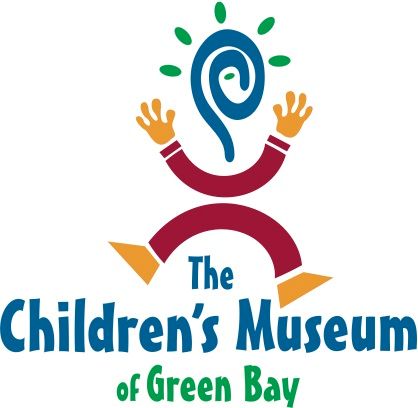STEAMworks
WHERE SCIENCE MEETS ART AND
IMAGINATION SPARKS INNOVATION
This program explores STEAM learning (science, technology, engineering, art, and math).
As we dive into robotics, circuits, 3-D printing, science experiments, and more, museum guests interact with hands-on, spotlight science experiments, and activities with a weekly focus. This program is intended for visitors as their beginning interaction with scientific learning and engineering design.
Program Objectives
- Promote STEAM based learning through hands-on activities.
- Collaborate with community partners, including local businesses, organizations, schools, and libraries, to offer STEAM-based learning opportunities.
- Grow membership and increase community engagement and awareness of museum program offerings.
Schedule
STEAMworks will be a key component of the program calendar. STEAMworks will include weekly programs, monthly special events, camps, and as requested focused programs.
- Weekday Morning
○ Weekly (year-round)
○ Staff and/or volunteer led program
○ Includes one hands-on project/activity
- Saturday Morning
○ Monthly (year-round)
○ Staff and/or volunteer led program
○ Includes three hands-on projects/activities
- Camps
○ Mini Camps - spring and winter
■ 2 hours
■ Staff led program
■ Includes at least three hands-on projects/activities
■ Minimum of five mini camps per year
○ Summer Camps
■ 2.5 hours - 4 days per week
■ Staff led program
■ Includes at least ten hands-on projects/activities
■ Minimum of five summer camps per year
- As Requested
○ Field Trips
○ Outreach Programs
○ Girl Scout Reservations
Learning Objectives:
- To experiment with various scientific tools and objects
- To learn steps in the scientific method
- To explore new scientific concepts
- To learn steps in the engineering design process
- To provide exposure to new technologies
- To provide information about future career opportunities with the STEM field
- To use problem solving skills to explore various topics
Standards Alignment:
- Science: CC2: Use science and engineering practices, disciplinary core ideas, and cause and effect relationships to make sense of phenomena and solve problems.
- Science: SEP1: Ask questions and define problems, in conjunction with using crosscutting concepts and disciplinary core ideas, to make sense of phenomena and solve problems
- Science: ETS1: Use science and engineering practices, crosscutting concepts, and an understanding of engineering design to make sense of phenomena and solve problems.
- Career Technical: 4C1: Think and work creatively to develop innovative solutions to problems and opportunities.
Potential Program Topics
- Robotics - Mip robots
- Robotics - Makeblock cars
- Robotics - Motorized Lego constructions
- Circuits - Snap circuits designs
- Circuits - Makey Makey
- Circuits - Squishy circuits
- Circuits - copper tape or pipe cleaner circuits
- 3-D Printing - Tinkercad
- 3-D Printing - Doodle pens
- Papermaking - Seed paper
- Papermaking - DIY paper
- Virtual Reality - Quest games/challenges
- Science Experiments - Slime
- Science Experiments - Oobleck
- Science Experiments - Instant snow
- Science Experiments - Water gel
- Science Experiments - UV Bracelets and test sunscreen
- Science Experiments - Invisible Ink
- Science Experiments - Fireworks in a jar
- Science Experiments - Cloud dough
- Engineering - Straw construction
- Engineering - Discovery ramps
- Engineering - Animal shelters
- Engineering - Parachutes with wind tunnel
- Engineering - Bridge construction
- Art - Bubble painting
- Art - Spinner art

